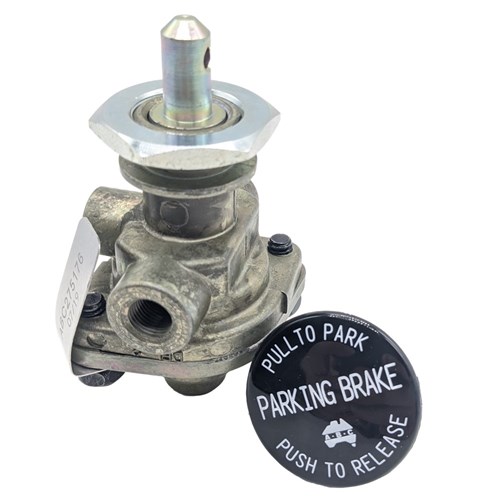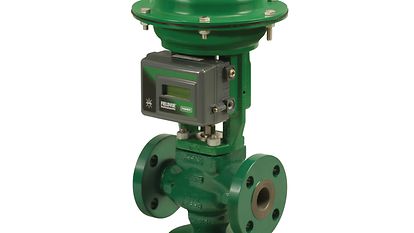
Maximize Power Financial Savings and Convenience With Advanced Structure Automation Controls
In the realm of modern architecture and center administration, the assimilation of innovative building automation regulates stands as a pivotal improvement. The convergence of modern technology and sustainability has birthed a new period where power efficiency, comfort optimization, and operational streamlining are no much longer possible realities yet remote desires. By harnessing the power of automation, structures can adapt, respond, and advance in methods that were as soon as unimaginable. The capacity for considerable energy cost savings and enhanced comfort is not just a possibility yet a pledge waiting to be satisfied. This standard change in building management holds the essential to opening a globe where ecological conscientiousness and owner well-being sympathetically exist together within the wall surfaces of our frameworks.
Energy Effectiveness Perks
Energy efficiency advantages can significantly decrease power intake and operational expenses in structures. By implementing energy-efficient practices and modern technologies, building proprietors and drivers can achieve substantial financial savings while also adding to ecological sustainability. Among the key benefits of improving power efficiency in buildings is the reduction of utility costs. Energy-efficient systems, such as advanced structure automation controls, can enhance making use of resources like lights, home heating, and air conditioning, leading to lower energy expenses over time.
Additionally, improved energy efficiency can prolong the life-span of structure tools and systems. By running a lot more effectively, cooling and heating systems, light, and various other structure components experience much less deterioration, resulting in reduced upkeep and replacement prices. Furthermore, energy-efficient structures often regulate higher property values and rental prices, supplying long-lasting economic benefits to proprietors.
Furthermore, power effectiveness can improve owner comfort and performance. Properly managed indoor settings with optimal lights and thermal conditions produce a more enjoyable and conducive work space, resulting in enhanced employee complete satisfaction and performance. Generally, the power efficiency benefits related to advanced building automation controls are multifaceted, including price financial savings, ecological stewardship, and owner well-being.
Improved Comfort Control
Enhancing convenience control in structure environments requires a sophisticated integration of innovative automation systems for ideal passenger wellness. By using advanced structure automation controls, facilities can customize the indoor setting to fulfill the specific requirements and preferences of occupants. control valves.
By including these sophisticated controls, structures can not only boost convenience however additionally enhance power performance by maximizing system operations based on real tenancy and usage patterns. Inevitably, focusing on resident convenience via sophisticated automation systems leads to an extra pleasurable and much healthier indoor atmosphere.
Functional Efficiency Improvements

In addition, the implementation of real-time surveillance and analytics devices makes it possible for building operators to recognize power ineffectiveness and functional anomalies immediately. By continually checking energy use patterns and system efficiency metrics, modifications can be made in real-time to maximize power consumption and guarantee peak functional effectiveness. control valves. Additionally, incorporating demand action approaches into structure automation controls can even more boost functional efficiency by dynamically adjusting energy usage based upon grid problems and rates signals
Indoor Environment Optimization
Efficient indoor climate optimization is an essential facet of structure automation controls, ensuring residents' convenience and well-being while making the most of power savings. By using advanced sensors and controls, building automation systems can constantly readjust and check temperature level, moisture degrees, air top quality, and air flow to create an optimal interior setting. Keeping constant and comfortable conditions not only enhances occupant fulfillment yet likewise improves efficiency and overall health.
Indoor climate optimization additionally plays an important role in energy performance. By fine-tuning home heating, air conditioning, and read this air flow systems based upon real-time data and tenancy patterns, constructing automation controls can dramatically minimize power consumption - control valves. As an example, applying approaches such as demand-controlled ventilation and thermal zoning can help decrease energy waste while guaranteeing that each location of the building obtains the needed conditioning.

Sustainable Setting Creation
Structure automation regulates not just enhance indoor climate conditions for energy efficiency and occupant convenience yet likewise lay the structure for creating a sustainable setting via tactical monitoring of sources and systems. By integrating sophisticated building automation technologies, such as sensing units, actuators, and smart software, facilities can readjust and keep track of energy use in real-time to decrease waste and decrease their carbon impact. These systems make it possible for predictive maintenance, determining potential concerns before they rise and optimizing equipment efficiency to enhance long life and effectiveness.
Furthermore, lasting atmosphere production expands past energy monitoring to encompass water conservation, waste reduction, and indoor air top quality renovation. Structure automation controls can control water usage, discover leaks, and guarantee appropriate garbage disposal methods, adding to overall sustainability efforts. In addition, by managing and keeping an eye on ventilation and purification systems, these modern technologies boost passenger health and wellness and Source productivity while decreasing power usage connected with HVAC operations.
Conclusion
To conclude, progressed building automation manages deal significant benefits in regards to energy cost savings, convenience control, functional efficiency, indoor climate optimization, and producing a sustainable atmosphere. By applying these controls, buildings can accomplish ideal efficiency while minimizing power intake and improving passenger convenience. It appears that using sophisticated automation modern technology is important in improving structure efficiency and developing an extra lasting future.
Power efficiency benefits can considerably minimize power intake and functional prices in structures. On the whole, the power efficiency benefits associated with sophisticated building automation controls are diverse, including cost savings, environmental stewardship, and resident well-being.
In addition, including need feedback methods into structure automation controls can better improve operational performance by dynamically readjusting energy use based on grid problems and pricing signals.
Structure automation controls not just enhance indoor environment conditions for energy effectiveness and resident convenience however also lay the structure for producing a sustainable environment through strategic monitoring of systems and resources.In final thought, advanced building automation regulates deal significant advantages in terms of energy savings, convenience control, operational efficiency, interior climate optimization, and developing a sustainable environment.